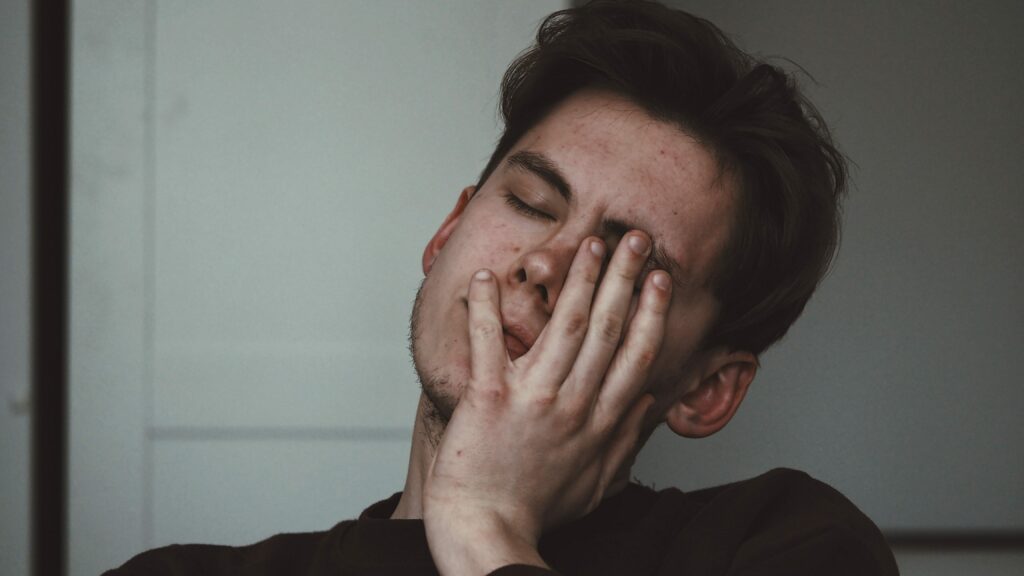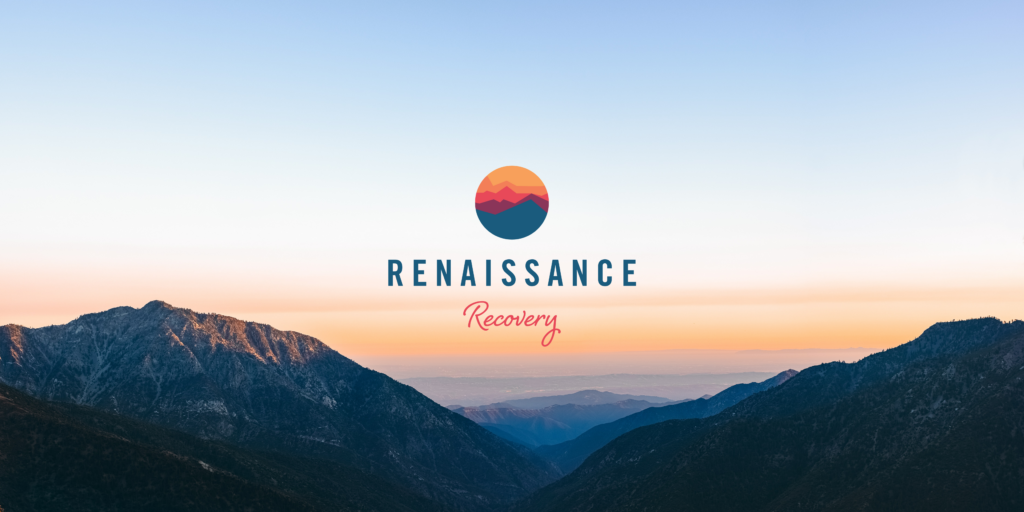Opioid overdose treatment involves the administration of the medication Naloxone and calling 911 for immediate medical intervention. If opioid overdose occurs, this should be considered a life-threatening emergency.
Opioids are a class of drug that includes prescription painkillers like hydrocodone and oxycodone, the illicit semi-synthetic narcotic heroin and fentanyl, a deadly synthetic opioid many magnitudes stronger than heroin.
Need help getting addiction treatment?
Learning how to treat opioid overdose could mean the difference between life and death. With prompt intervention and the prompt administration of the right opioid overdose treatment, the severe complications of overdose can be reversed.

How to Treat an Opioid Overdose
Misusing opioids by taking large amounts can cause a potentially life-threatening overdose. A lethal opioid overdose typically results from respiratory depression that causes breathing to slow or stop completely. This can trigger hypoxia, a condition in which insufficient oxygen reaches the brain, leading to permanent brain damage or death.
Opioid overdose typically occurs from 20 minutes to two hours after using the substances. The most common signs of opioid overdose include:
- Blue lips
- Pale, clammy face
- Unresponsiveness
- Slow breathing, erratic breathing, or no breathing
- Gurgling or snoring sound – opioid death rattle
- Heartbeat slow or stopped
You should respond immediately if you suspect an opioid overdose. The prompt administration of Narcan (naloxone) can reverse the effects of respiratory depression – more on this directly below.
Overdose Medication
Naloxone is approved by the FDA (U.S. Food and Drug Administration) to treat opioid overdose. Classified as an opioid antagonist, its mechanism of action prevents opioids like heroin, fentanyl, or prescription painkillers from attaching to mu-opioid receptors in the brain. Simultaneously, naloxone reverses the effects of respiratory depression, a common by-product of opioid overdose.
Naloxone may be administered by the following routes:
- Intranasal
- Intramuscular
- Subcutaneous
- Intravenous
The effects of this medication set in within two or three minutes depending on the type of opioids used, individual metabolism, and the dosage of opioids. The effects of naloxone typically subside before the effects of other opioids that have been taken. This means it is essential to monitor the person who has overdosed closely, even after the administration of naloxone. This is even more critical if the overdose involves a long-acting opioid like extended-release morphine or oxycodone. With long-acting opioid overdoses, naloxone may be administered via a continuous intravenous infusion.
Luckily, naloxone does not have any potential for abuse. The medication delivers no rewarding effects, and it has no effect whatsoever unless there are opioids in the system.

How Does Narcan Work to Treat an Opioid Overdose?
Narcan is the most prescribed nasal formulation of naloxone that is indicated for community use without the need for needles.
Narcan is a branded form of naloxone, an opioid antagonist that binds to the same MOR (mu-opioid receptors) in the brain as fentanyl, heroin, and prescription opioids. Administering Narcan promptly can rapidly reverse the effects triggered by opioid overdose by normalizing breathing and restoring consciousness in individuals overdosing on opioids.
Narcan is available as a nasal spray or an injectable. The medication is now FDA-approved as an over-the-counter product.
Medication Assisted Treatment (MAT)
The most effective way to avoid an opioid overdose is to prevent it from happening in the first place. According to SAMHSA (Substance Abuse and Mental Health Services Administration), engaging with an evidence-based treatment program for opioid addiction is the optimum method of preventing opioid overdose.
Almost all opioid use disorders respond positively to a combined approach that includes medication-assisted treatment, psychotherapy like CBT (cognitive behavioral therapy), and counseling.
There are three medications with FDA approval for the treatment of opioid use disorder:
- Buprenorphine
- Methadone
- Naltrexone (Narcan)
Medications may be effective during opioid detox, diminishing the intensity of cravings and withdrawal symptoms. Additionally, medication-assisted treatment can be helpful during ongoing therapy for opioid use disorder, encouraging abstinence and reducing the frequency of cravings for opioids.
Remember: timely intervention can prevent an opioid overdose from occurring, and swift action can reverse the effects of an opioid overdose if it takes place.
What to Do During an Opioid Overdose
An opioid overdose is a medical emergency that requires immediate treatment. Here are some steps to take if you suspect a loved one is experiencing an opioid overdose:
- Call for emergency medical assistance: Dial 911 or your local emergency number immediately. Be prepared to provide the person’s name, age, location, and relevant information about the type of opioids and the use of any other substances.
- Administer naloxone: If you have access to naloxone (Narcan), administer the medication as soon as possible. As outlined above, naloxone can quickly reverse an opioid overdose. Naloxone is available in various forms, including a nasal spray, auto-injector, or injection.
- Perform rescue breathing: If the person is not breathing, perform rescue breathing by tilting their head back and lifting their chin. Pinch their nose shut and give two breaths into their mouth. Repeat this process every five seconds until emergency responders arrive.
- Monitor the person’s vital signs: Check the person’s pulse and breathing every few minutes. If their breathing or pulse stops, perform CPR until emergency responders arrive.
- Stay with the person: Stay with the person until emergency responders arrive. Keep them warm and comfortable and try to keep them calm and still.
Remember, an opioid overdose is a medical emergency, and prompt treatment can save a life. If you suspect an overdose, call for emergency medical assistance immediately.

Opioid Abuse Treatment at Renaissance Recovery
If you have developed a dependence on opioids or addiction in the form of an opioid use disorder, we can help you from detox to discharge and beyond at Renaissance Recovery near Huntington Beach.
We specialize in the outpatient treatment of opioid addiction at our luxury beachside rehab facility in Orange County. Choose from the following treatment programs:
- PHPs (partial hospitalization programs)
- IOPs (intensive outpatient programs)
- Dual diagnosis treatment programs (for co-occurring disorders)
All treatment programs at Renaissance provide access to personalized addiction treatment that combines holistic and evidence-based interventions that include:
- Medication-assisted treatment
- Psychotherapy
- Family therapy
- Group therapy
- Individual counseling
- Experiential adventure therapy
When you’re ready to detox from opioids, we can connect you with suitable detox centers near you. You can then transition directly into ongoing outpatient treatment in Southern California. Call admissions at 866.330.9449 for immediate assistance and reclaim your life from opioid addiction.



